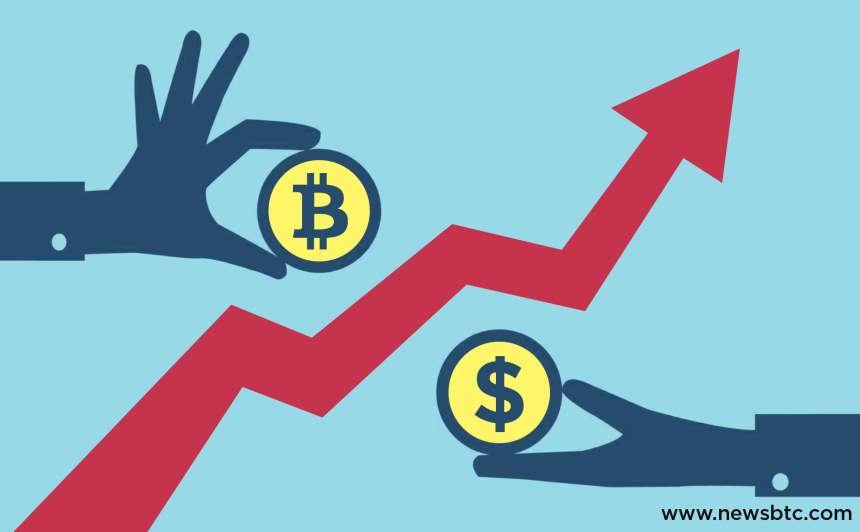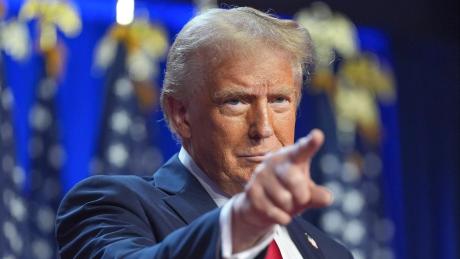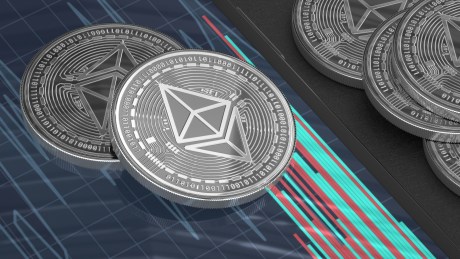When people ask whether or not the Blockchain will change the ways in which we trade online, they’re grossly underestimating the influence of this revolutionary new technology.
There’s no doubt that Blockchain will change the way in which we trade on the financial market, however, with the only question remaining is how this evolution will manifest itself.
In this post, we’ll look at this in closer detail, and see what traders should expect from this technology over the course of the next decade or so,
A Change at Corporate Level – Making Trading Quicker and More Cost-effective
If we look at the forex market, there’s no doubt that the emergence of online and mobile trading platforms such as MT4 has made the foreign exchange more accessible to novice investors. The same cannot be said for major institutions, however, who still need to push transactions through a number of middlemen while paying a slight fee for the privilege. It was with this in mind that Goldman Sachs applied for a patent on a blockchain-inspired ledger, which could quickly process forex trading transactions without charge.
The application, which was published in the autumn of 2016, outlined a distributed ledger that would ultimately revolutionise this marketplace, while also potentially introducing a new, Bitcoin-esque digital currency for traders.
Goldman Sachs is not the only bank experimenting with Blockchain, of course, but they’re among the first to apply this technology to forex market trading and the heavily regulated financial markets. Once the patent is applied and rolled out, it would create a new model for trading currencies in the digital age, and one which eschewed the need to send funds to an intermediary foreign exchange settlement service while the transaction is being completed. This process can be costly and tie up an investors capital for up to a day, but the introduction of Blockchain would enable real-time transactions across the board.
Lykke and the Age of Transparent Trading – Changing the Forex Market for Everyone
The introduction of Blockchain is already having an impact on the world of entry-level forex trading, with the innovative Lykke platform aiming to build a single, global marketplace in which every single trader can invest transparently. This is a bold and ground-breaking project, and one which establishes a multi-layered FX trading environment where every all relevant data is stored within a single, distributed ledger.
So, while investors could still use the MT4 app to execute orders, they would complete transactions by connecting to a decentralised and distributed ledger that optimised market access. This would also allow for direct, real-time settlement for all traders while creating greater accountability and transparency in relation to individual orders.
Online and mobile traders would also arguably be able to benefit from reduced volatility by accessing a distributed ledger, as the insurance premiums levied against price movements also declines. As with corporate traders, the cost of using mobile trading apps and executing trades would fall significantly, optimising the profits available through FX trading.
The Last Word
Ultimately, Blockchain can be applied to any number of products and markets, and the forex market is no exception. Given this and the imperfections of the current model, which is relatively complicated and opaque, it’s only a matter of time before this technology revolutionised FX trading and the way in which investors access the market.























